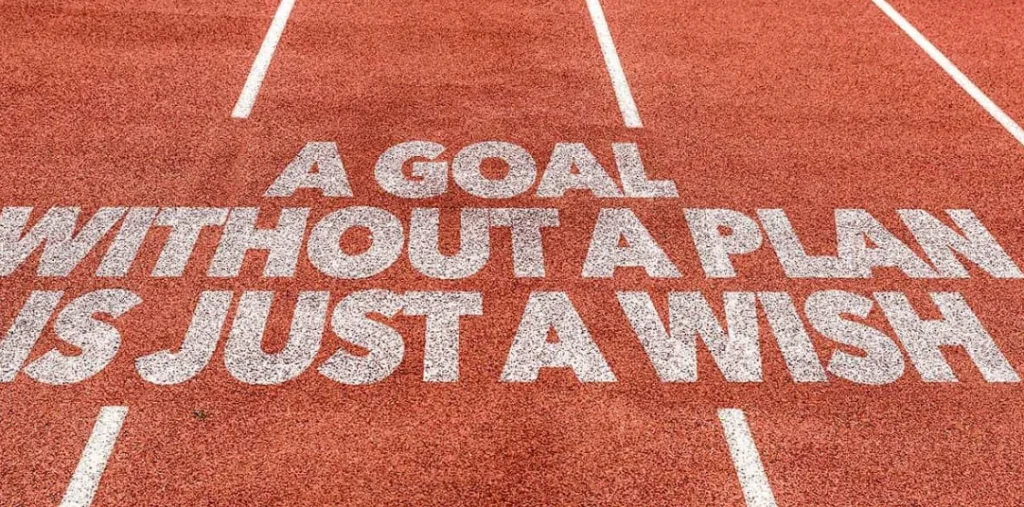The Foundation of Fulfillment: Setting Realistic Expectations for Student-Athlete Success

For student-athletes, the daily pressure to balance rigorous academic demands with intense training schedules is immense. When this intensity is coupled with high expectations from coaches, teachers, parents, and often the athletes themselves, the burden can become overwhelming. Therefore, learning to set realistic expectations is not a sign of settling; it is a critical skill for maintaining mental health, ensuring sustained success, and fostering continuous personal growth.
The Importance of Realistic Expectations
Realistic expectations are the athlete’s most powerful defense against common pitfalls:
Preventing Burnout Unrealistically high expectations are a direct route to burnout—a state of physical, emotional, and mental exhaustion. Student-athletes who push themselves past their limits without adequate rest put themselves at severe risk, which inevitably impacts both academic and athletic performance. Realistic, sustainable goals ensure a balanced, long-term approach that prevents this destructive cycle.
Enhancing Performance Realistic expectations create achievable goals, which are the true engine of performance enhancement. When goals are attainable, student-athletes stay motivated and focused. Achieving these goals provides a consistent sense of accomplishment and boosts confidence, creating a positive feedback loop that constantly enhances overall performance. Conversely, unreachable goals lead to frustration, feelings of failure, and diminished motivation.
Managing Stress and Anxiety High levels of stress and anxiety frequently plague student-athletes driven by unrealistic pressures to excel everywhere. By setting achievable goals, student-athletes gain control over their stress levels and significantly reduce anxiety. This clarity allows them to approach their responsibilities with a calmer, more positive attitude, which is vital for sustained mental health.
Fostering Personal Growth Realistic expectations encourage consistent personal growth. They shift the focus to incremental improvements and make celebrating small, achievable victories possible. This approach not only builds resilience in the face of setbacks but also nurtures a growth mindset, where every challenge is seen as an opportunity for learning and development. Realistic goals teach the athlete to appreciate progress and understand that true growth is a deliberate, gradual process.
Strategies for Setting Realistic Expectations
Setting goals effectively requires a disciplined and honest approach:
Self-Assessment The process begins with an honest self-assessment. Student-athletes must accurately evaluate their current performance levels, strengths, and most importantly, their limitations. Understanding existing capabilities allows them to set goals that are challenging yet clearly within reach. This honest reflection may require seeking input from coaches, teachers, and trusted peers.
Setting SMART Goals The SMART framework is the roadmap for realistic goal-setting: goals must be Specific, Measurable, Achievable, Relevant, and Time-bound. For instance, instead of the vague goal “improve my speed,” a SMART goal is, “Lower my 400m sprint time by half a second within eight weeks by incorporating two dedicated speed drills per week.” SMART goals provide a clear path and make progress tracking straightforward.
Prioritizing Goals Academic and athletic commitments constantly compete for limited time and energy. Student-athletes must prioritize their goals based on importance and urgency. This clear prioritization ensures that the most critical tasks—whether it’s a major exam or a critical training cycle—receive the necessary attention and resources.
Seeking Feedback and Support Feedback from coaches, teachers, and mentors is invaluable for grounding expectations in reality. These experts provide objective insights into current performance and guidance on what is truly achievable. Seeking encouragement and accountability from family and friends also ensures that goals remain supported and aligned with the athlete’s holistic capabilities.
Flexibility and Adaptability Expectations must remain fluid. Circumstances change, injuries happen, and unforeseen academic challenges arise, requiring immediate adjustment to goals and plans. Student-athletes must be prepared to adapt their expectations based on their current situation. This flexibility prevents discouragement and ensures that goals always remain relevant and attainable.
Celebrating Progress Recognizing and celebrating progress, no matter how small, is essential for maintaining motivation and reinforcing commitment. These celebrations can be simple—a small personal reward, or sharing a success with family. Acknowledging progress consistently boosts confidence and fuels the continued effort required for long-term achievement.
Setting realistic expectations is the cornerstone of a balanced and successful student-athlete experience. By conducting honest self-assessments, defining goals using the SMART framework, maintaining flexibility, and consistently celebrating progress, student-athletes build a sustainable foundation for excellence in both the academic and athletic spheres.

